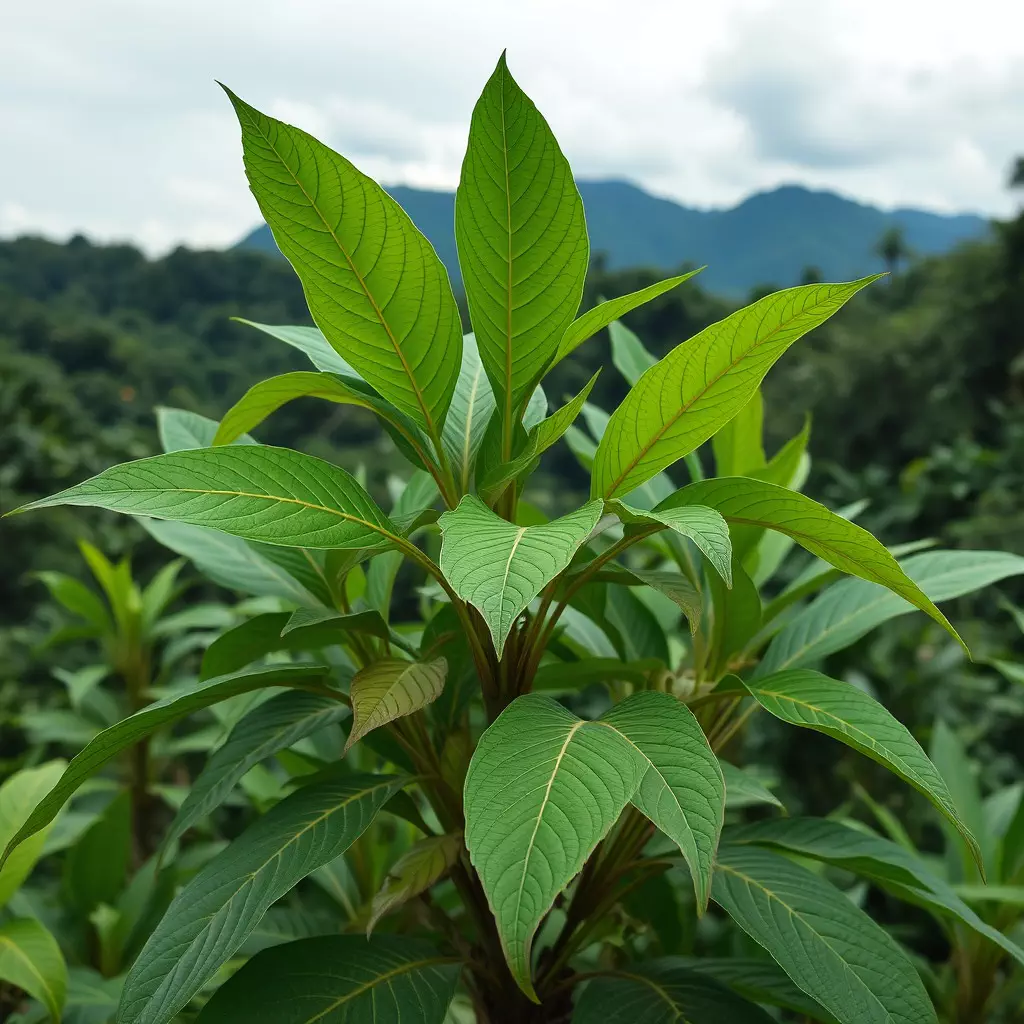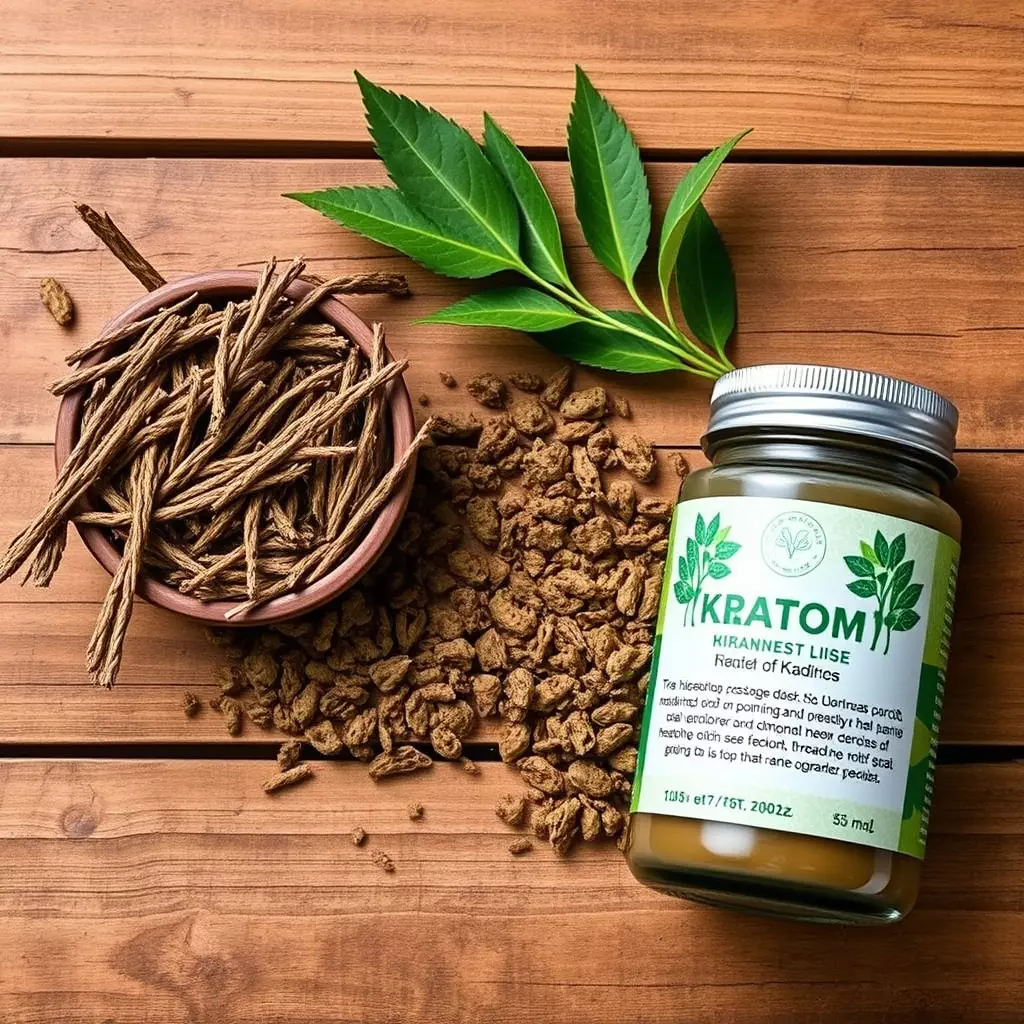Kratom, derived from the Mitragyna speciosa tree, is subject to varying legal statuses worldwide, necessitating a detailed kratom legality by country map for accurate navigation of its regulations. In the United States, while the federal government has not classified it under the Controlled Substances Act, its legality varies by state. The Food and Drug Administration (FDA) in the US currently monitors kratom's effects without an enforcement stance, whereas countries like Thailand have reevaluated their stance and now recognize its traditional medicinal uses. Athletes and individuals interested in using kratom for stamina and pain modulation must consider these legal differences to ensure compliance with local laws. A dynamic kratom legality by country map is essential for anyone wishing to use kratom, as it provides precise and timely information on its legal standing globally. Safety guidelines include starting with a low dose, consulting healthcare professionals, and being aware of the potential for adverse effects and interactions with other substances. Always adhere to local laws, monitor health impacts, and consult resources like a kratom legality by country map to maintain safe and informed usage practices.
Exploring the potential of kratom as a natural performance enhancer, this article sheds light on its role in endurance improvement. With a comprehensive examination of kratom’s legal status worldwide through an interactive map, we navigate the complex landscape of kratom legality by country. Subsequently, we delve into how kratom can be integrated into physical training regimens to augment performance, followed by guidelines on safe usage to maximize endurance benefits. Join us as we unravel the intricacies of kratom’s impact on athletic prowess and the importance of responsible use.
- Navigating Kratom Legality: A Global Perspective
- Enhancing Endurance: The Role of Kratom in Physical Performance
- Safe Kratom Use for Endurance Improvement: Dosage and Best Practices
Navigating Kratom Legality: A Global Perspective

Mitigating the complexities of kratom legality requires a nuanced understanding of its regulatory status globally. Kratom, derived from the leaves of the Mitragyna speciosa tree, has been subject to varying legal classifications across different countries and regions. As of the current knowledge cutoff, kratom is fully or partially legal in many places, while in others it is scheduled as a controlled substance due to its psychoactive properties and potential for abuse. A comprehensive map detailing kratom legality by country is an indispensable tool for anyone looking to navigate this labyrinth of regulations. For instance, in the United States, the DEA’s initial decision to classify kratom as a Schedule I substance was met with significant public outcry and led to a reconsideration of its legal status. As a result, the FDA maintains its enforcement discretion stance, allowing kratom to remain available while it studies its safety, efficacy, and potential risks. Meanwhile, countries like Thailand have shifted their stance from banning kratom to regulating it, recognizing its traditional medicinal uses and economic significance. This global patchwork of laws underscores the importance for consumers and researchers alike to consult up-to-date resources before engaging with kratom products, as legal statuses can change rapidly, influenced by evolving public health concerns and policy decisions. A dynamic map reflecting kratom legality by country is essential for anyone seeking clear guidance on this matter.
Enhancing Endurance: The Role of Kratom in Physical Performance
Engaging in activities that require sustained physical exertion can be a challenge for many individuals, but the mitragyna speciosa plant, commonly known as kratom, may offer support for those seeking to enhance their endurance. Kratom, native to Southeast Asia, has been traditionally used by locals to increase stamina and reduce fatigue. Its active compounds, mitragynine and 7-hydroxymitragynine, are believed to interact with the body’s opioid receptors, potentially modulating pain perception and boosting energy levels. This could be particularly beneficial for athletes or individuals involved in endurance sports like marathons, long-distance cycling, or triathlons, where maintaining performance over extended periods is crucial.
It’s important to approach the use of kratom with caution, as its legality varies significantly by country. A comprehensive map detailing kratom’s legal status globally can provide valuable insight for those interested in incorporating it into their fitness regimen. In some regions, such as the United States, kratom is subject to regulatory oversight, and its sale and consumption are restricted or prohibited in certain areas. Users must be well-informed about the legal considerations in their jurisdiction to ensure compliance with local laws. Additionally, the effects of kratom can be dose-dependent, and it’s essential to start with lower doses to gauge individual responses, as high doses may lead to adverse effects. Consulting healthcare professionals or certified fitness experts is advisable when considering adding kratom to any endurance training routine, especially given the varying legal status and potential interactions with other substances or medications.
Safe Kratom Use for Endurance Improvement: Dosage and Best Practices

When integrating kratom into a regimen aimed at enhancing endurance, it is imperative to approach its use with caution and informed guidance. Kratom, derived from the leaves of Mitragyna speciosa, has been traditionally used in certain cultures for its stimulant and sedative effects. For those looking to improve endurance, specific kratom strains such as Maeng Da or White Vein Thai are often sought after due to their reported energizing properties. Safe kratom use begins with understanding the legal status of kratom in your country, as its legality varies widely across different nations, a detail which can be visualized on a comprehensive kratom legality by country map. In the United States, for example, the federal government has not scheduled kratom under the Controlled Substances Act, but its status is subject to state-level regulations and ongoing debates about its safety and efficacy.
Dosage is a critical factor in safe kratom use for endurance enhancement. The recommended dosage can vary depending on individual tolerance, the desired effects, and the specific activity undertaken. As a general guideline, a moderate dose of 3 to 5 grams of kratom powder can be a starting point for those new to its effects. It is essential to begin with a lower dose to assess personal response before increasing intake. Additionally, timing your kratom consumption correctly—typically 30 minutes to an hour before engaging in endurance activities—can optimize its stimulating effects. To ensure safety and efficacy, it is advisable to consult with a healthcare provider before incorporating kratom into your fitness routine. Best practices for safe use also include avoiding combination with other substances, adhering to local laws, and being mindful of the potential for tolerance and dependence. Regular monitoring of one’s health and adjusting dosage accordingly is key to maintaining the balance between performance enhancement and overall well-being.
Kratom’s potential role in endurance improvement has been a topic of growing interest among athletes and fitness enthusiasts. As explored in this article, understanding its legal status across different countries is paramount, as illustrated in the kratom legality by country map provided. It’s clear that while kratom may offer benefits for physical performance, safe use is imperative, with dosage and best practices being critical factors to consider for those looking to enhance their endurance. For individuals intrigued by the possibilities kratom presents, it is essential to stay informed on both its regulatory standing and responsible usage guidelines within their jurisdiction. This article aims to have shed light on the nuances of kratom’s legal landscape and its implications for endurance athletes, ultimately empowering them with knowledge to make informed decisions regarding its use in their training regimens.






